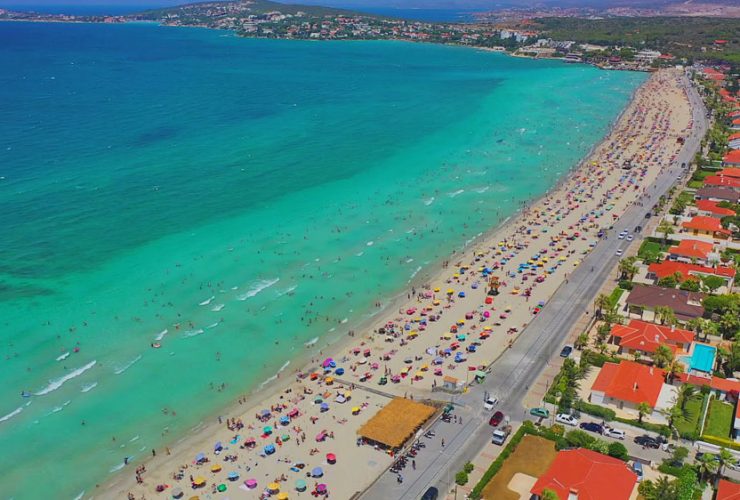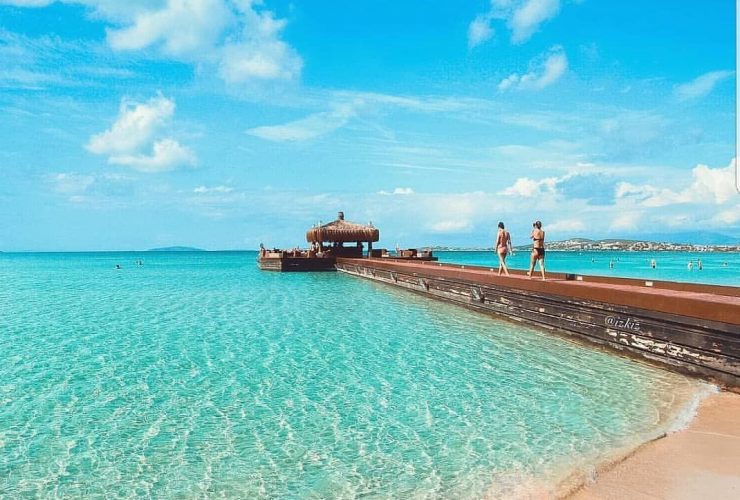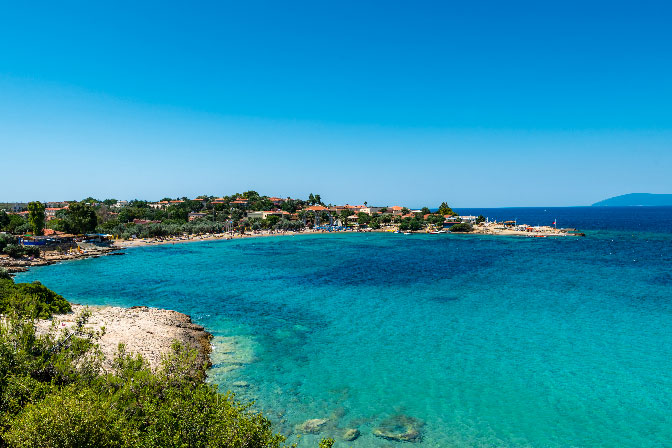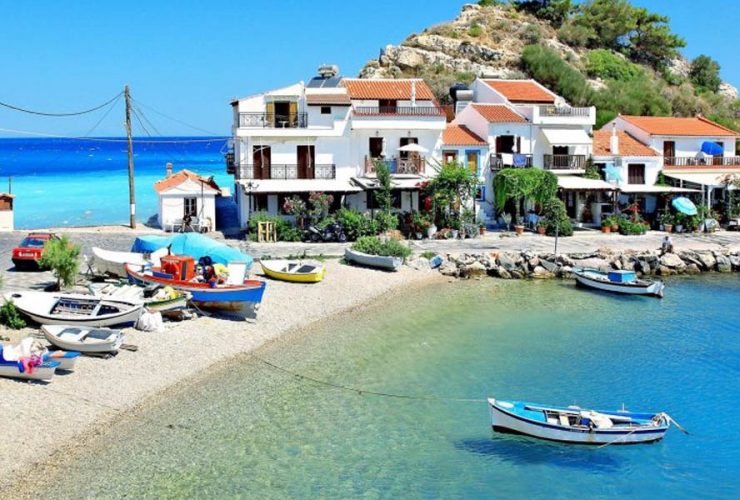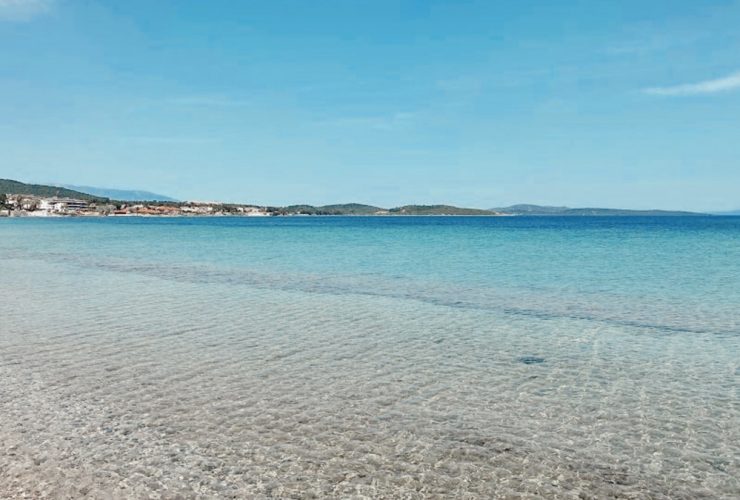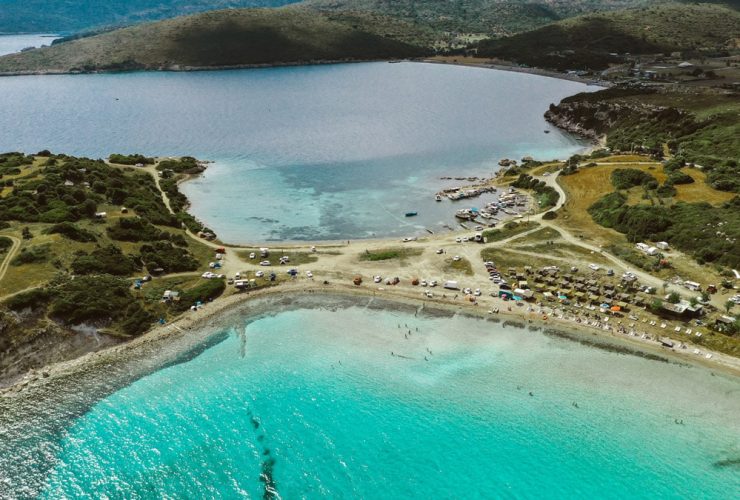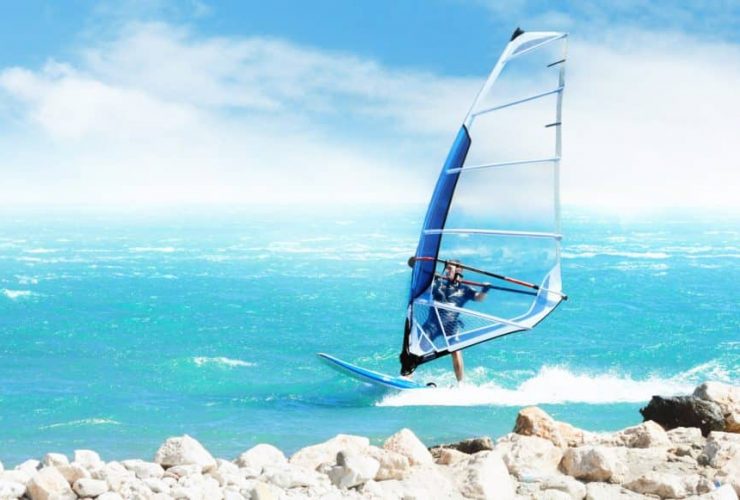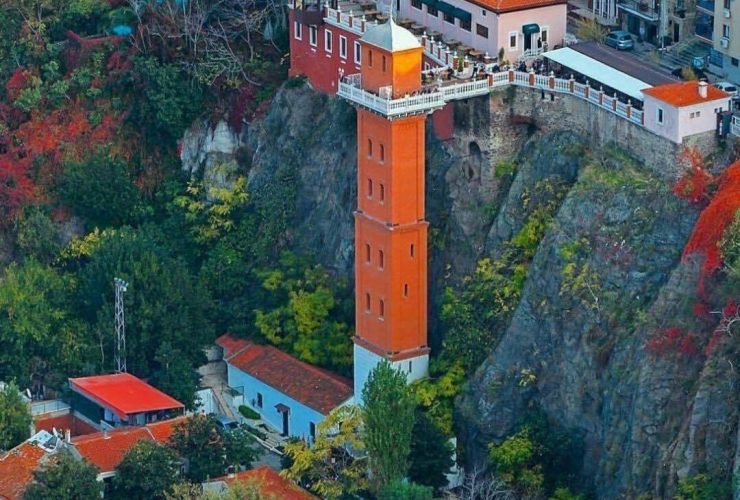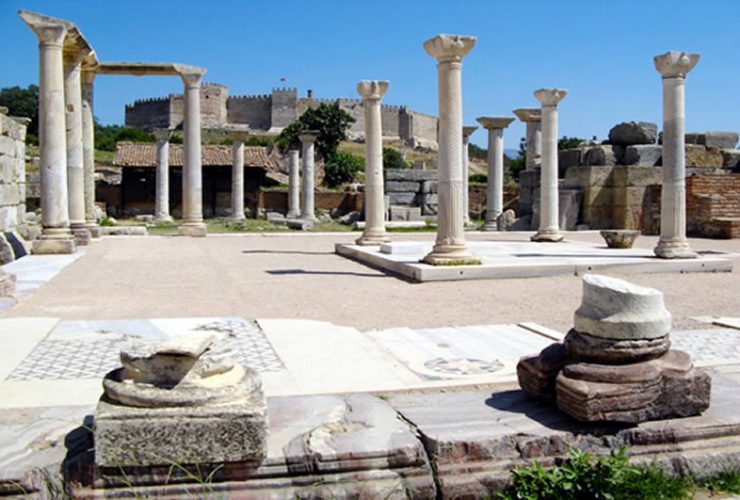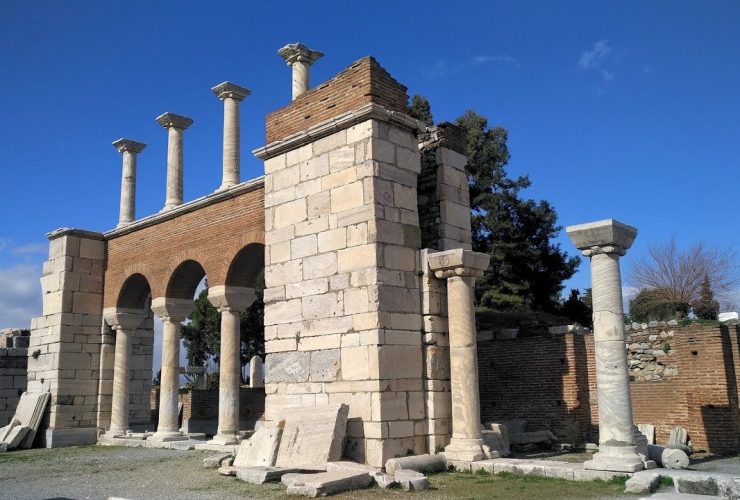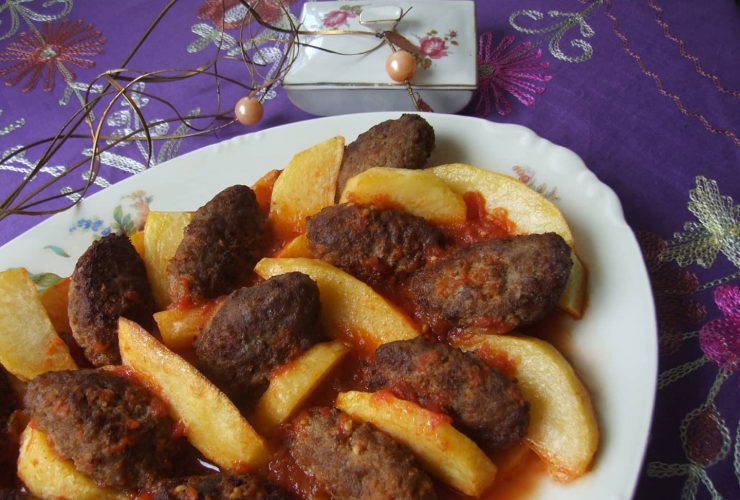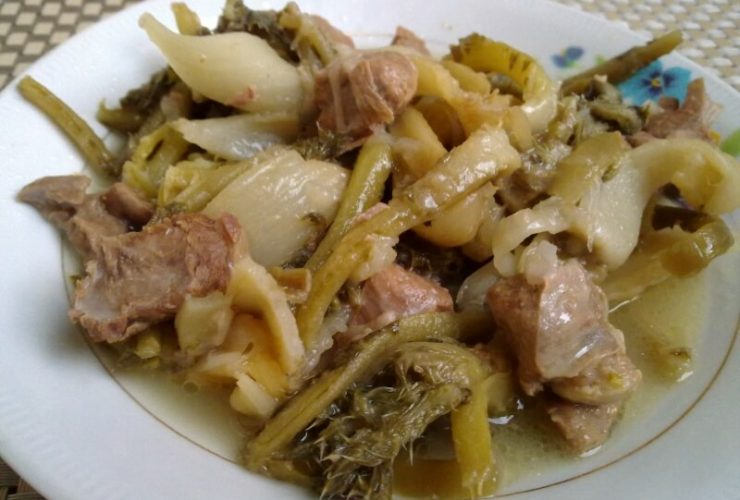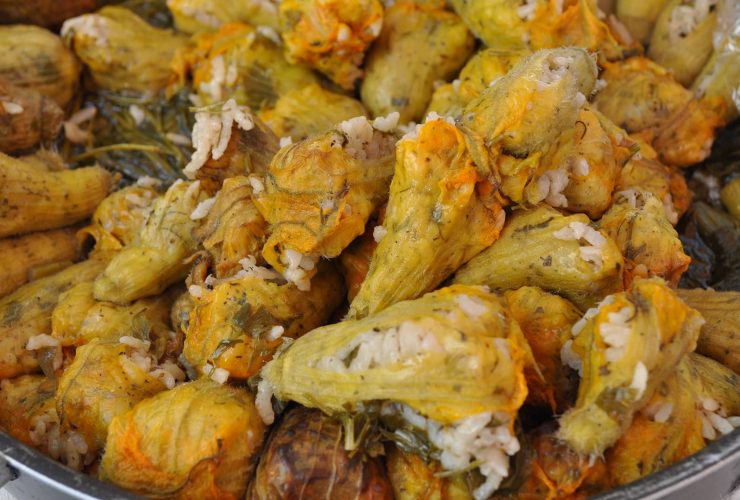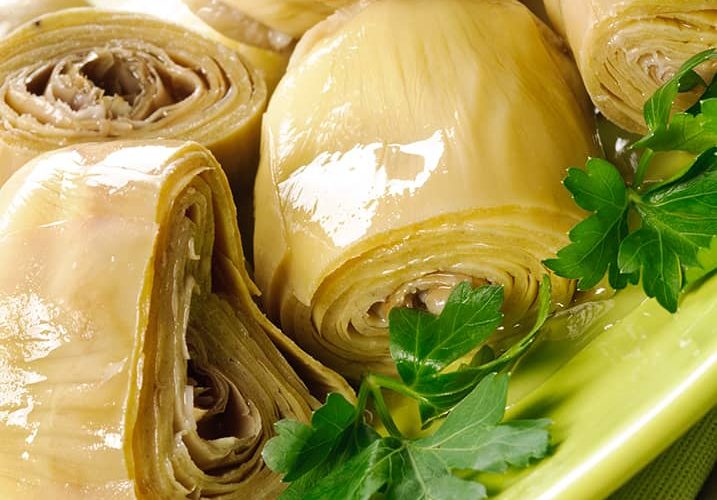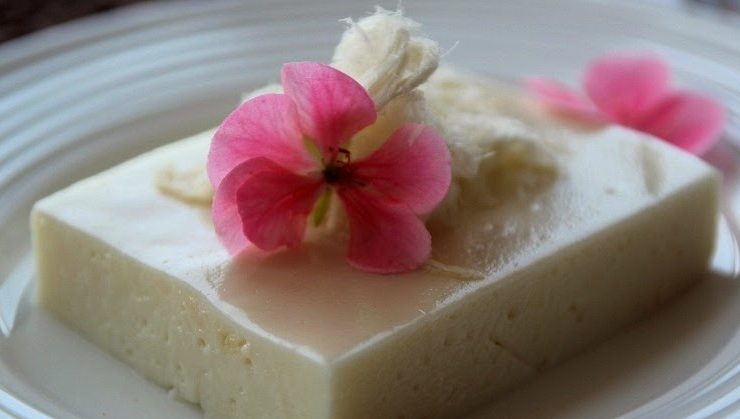The beauty of the Aegean
“Beautiful İzmir” draws you into a world of picturesque modernity and traditions, with its refreshing touches to human souls. İzmir hypnotizes visitors in an aura of history and modernity.
İzmir, ancient Smyrna, is located at a point where the Anatolian Peninsula extends into the Aegean Sea.
İzmir is one of the oldest cities with continuous settlement for 8500 years. Yeşilova and nearby Yassı Tepe Mounds are the oldest Neolithic settlements where idols and symbols of the Mother Goddess have been found. One of the founding legends of İzmir states that the city was founded by the legendary Amazon Queen Smyrna. The city dates back to the third millennium BCE (at Tepekule, modern Bayraklı) and was one of the most advanced civilizations of its time, along with ancient Troia Western Anatolia.
The ancient historian Herodotus wrote: “They built their city under the loftiest dome of heaven and the best climate in the world.” Aristotle told his student Alexander the Great, “You are not complete unless you have seen it,” and Victor Hugo describes the city as “İzmir is a princess adorning a necklace.”
Known throughout Türkiye as “Beautiful İzmir”, the city surrounds a large bay adorned by yachts, ships and ferries. As the terminus of the ancient “King’s Road” that runs across Anatolia to Persian Gulf, İzmir remains a focal point of tourism and entertainment. Its streets are shaded by palm trees, the sidewalks are beautiful and the houses elegant. The city’s coastline is known for its seafood restaurants along the coast as well as its cafes, restaurants serving Aegean Cuisine and other leisure facilities, while the hinterland is rich in ruins and monuments that tell the stories of countless ancient civilizations.
İzmir is the sound of the sea and the wind. Thanks to its Mediterranean climate, İzmir is mostly sunny all year round. Summers are hot and winters are mild. With its cities and historical sites such as Bergama, Çeşme, Foça, Kemalpaşa, Selçuk, Seferihisar, Karaburun, Tire and Urla, İzmir plays a very important role in the history not only of Western Türkiye but in the entire Aegean. With a total coastline of 629 kilometers, İzmir also promises a life in contact with the sea. In İzmir, you can enjoy the sea by walking in Kordon or taking a ferry from Alsancak to Karşıyaka, or you can explore the bluest waters at 49 blue flag beaches. This makes the city a very popular destination for the beaches where you can find every shade of blue and enjoy all kinds of water sports.
Our approved courses in Izmir
THE BEST Izmir Beaches
Read on to discover Izmir's most beautiful beaches and holiday destinations!
Ilıca Beach, one of the most beautiful beaches in Çeşme
Çeşme is probably the first place that comes to mind when discussing İzmir holiday destinations. Featuring splendid beaches, historical monuments, museums, and dining, Çeşme is considered an ideal location for a summer holiday in Türkiye.
The Çeşme beaches are so beautiful that thousands of local and foreign tourists visit annually, mainly between May and September. Ilıca Beach, Altınkum Beach, Ayayorgi Bay, Kocakarı Beach, Pırlanta Beach, Sakızlı Bay, Boyalık Bay and many more secluded paradises and beaches around can be found in Çeşme. Çeşme beaches will no doubt exceed expectations.
It is also a pleasure to visit historical sites in Çeşme, with settlements dating from the 7th century BCE. The Çeşme Castle, built by Beyazıt and used as a museum today, and the Caravanserai, built by Suleiman the Magnificent, are among Çeşme’s notable sights.
Seferihisar
Seferihisar offers a more tranquil summer holiday in İzmir – visitors can experience the flow of time in a picturesque setting. Seferihisar and Sığacık are among the most unique holiday destinations in İzmir and Türkiye.
Seferihisar was Türkiye’s first town to receive the Cittaslow title. Cittaslow, which means “Slow City”, is a union of municipalities established in Italy in 1999. The Cittaslow network, which includes slow cities from all over the world, is an organization aimed at protecting the local cuisine, local architecture, traditions, and crafts of the regions that seek to prevent the uniformity that arises with globalization.
In Seferihisar, the ancient city of Teos is a notable site. One of the most important ancient cities in Türkiye, Teos is prominent in international literature with its Temple of Dionysus, as well as its agora, port, theater, cistern and ancient temple.
Among Seferihisar’s charms are the quaint houses with bay windows (Cumbalı) of Sığacık. This entrancing seaside town, which is the setting for many TV series and films, features captivating streets, along with Sığacık Castle and the Sığacık Organic Market, where visitors can purchase and sample region-specific products.
Seferihisar is home to the beautiful Akkum and Akarca beaches. Both are fairly tranquil; the waters of Akarca Beach are cooler.
Urla
The coastal town of Urla is another charming holiday resort in İzmir and one particularly attractive to city dwellers seeking to escape urban stress. Urla is renowned for its congenial residents and its restaurants, its virgin bays and oxygen-rich air – and its general atmosphere of peace and tranquility.
In addition to magnificent bays and beaches, Urla is home to many other beauties. Karantina Island, the Art Street for souvenirs, Klazomenai Ancient City, the Köstem Olive Oil Museum, Historical Barbaros Village and Bademler Village, the Malgaca Market and dozens of other experiences await visitors in Urla.
Urla is a standout in the pantheon of İzmir beaches, featuring quiet coves and beaches – mainly frequented only by local people – in the south. These include Altınköy Beach, Demircili Beach, Melengeç Beach, Deniz Yıldızı Beach and Bodrum Bay. In the northern area are Çeşmealtı Beach, Yassıca Island, Sand Sea Beach, Özbek Akkum Beach and Gülbahçe Beach.
Alaçatı
Among the most well-known İzmir holiday destinations, Alaçatı is connected to Çeşme but is highly popular on its own as a summer holiday center.
In fact, Alaçatı is one of the most popular holiday resorts not only in İzmir, but also in Türkiye. It is an enchanting town offering dynamic nightlife and lovely beaches, as well as quaint historical streets, and stone houses draped with bougainvillea and geraniums. Plans are not required in Alaçatı – simply walking around the town is a delightful experience.
It would not be exaggerating to note that İzmir’s most beautiful beaches are in Alaçatı – namely, Ilıca Beach, Delikli Bay, Çark Beach, Cleopatra Bay and Piyade Bay Beach. Alaçatı is also the capital of windsurfing in Türkiye. In fact, a leg of the Windsurfing World Championships was held in Alaçatı for a period.
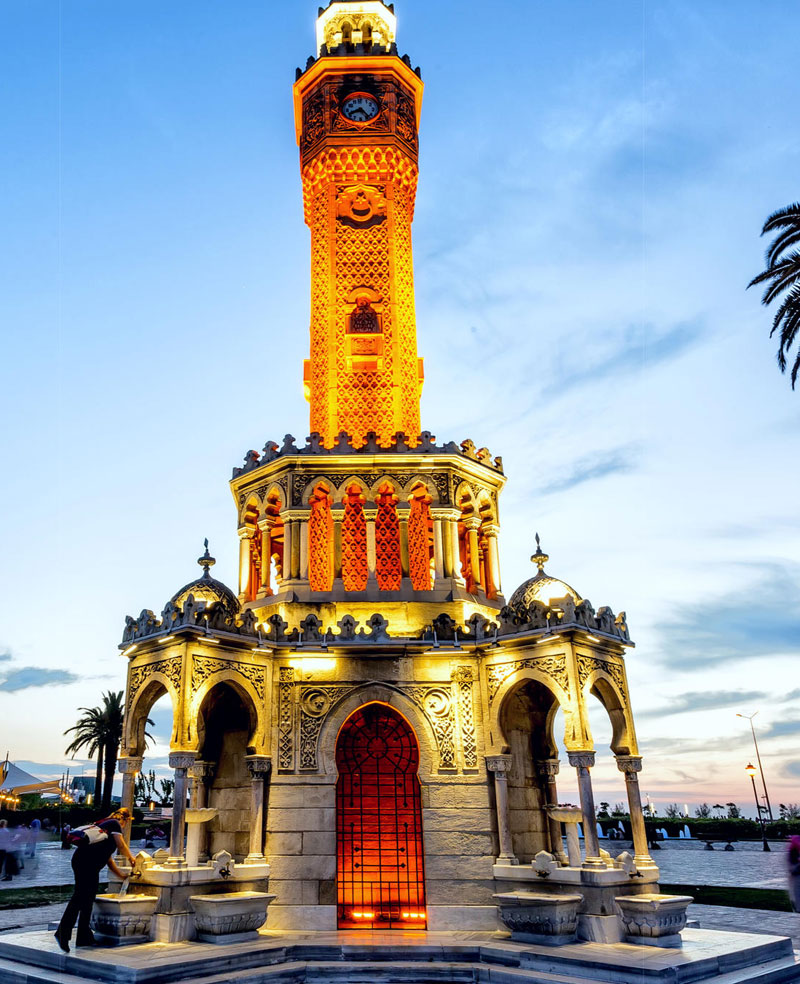
Izmir Clock Tower
İzmir Clock Tower, the symbol of the city, was built in 1901 as the celebration of the 25th anniversary of Ottoman Sultan Abdulhamid’s accesion to the throne. It is 25 meters high, has four levels and an octagonal plan. The Clock Tower has column capitals, horseshoe arches unique to North Africa, and the facades of the building are filled with no gaps. It has an architectural inspiration from the buildings of North Africa and Andalusia.
The clock was a gift from the German Emperor II. Wilhelm. The green and red mosaics used in the construction of the Clock Tower, whose construction was undertaken by Raymond Charles Pere, a French architect from İzmir, were brought from Ephesus, and the stones that constitute the main body were brought from Sarayköy.
Smyrna
Ancient Smyrna is located on the mound in İzmir Bayraklı. It is a small peninsula that was surrounded by the sea to the west and south in ancient times. The Bayraklı Höyük (Mound), which is about one hundred hectares, is a small hill built on a plain. Smyrna extends over a wide area towards the plain above this hill.
Smyrna is an ideal example of the Archaic Period in Western Anatolia, with the wall surrounding the city, houses with several rooms and baths, a sacred building, a public fountain and a geometrical city plan. Open to the sea on the west and south, surrounded by mountains on the north and a plain on the east, Smyrna is the best example of a defensive city excavated in Western Anatolia. The temple uncovered during excavations in Smyrna is the oldest temple of Athena in Türkiye.
İzmir, including its ancient mounds and settlements, is an open-air museum that exhibits the historical identity of the modern city within easy access for its visitors.

Ancient Smyrna
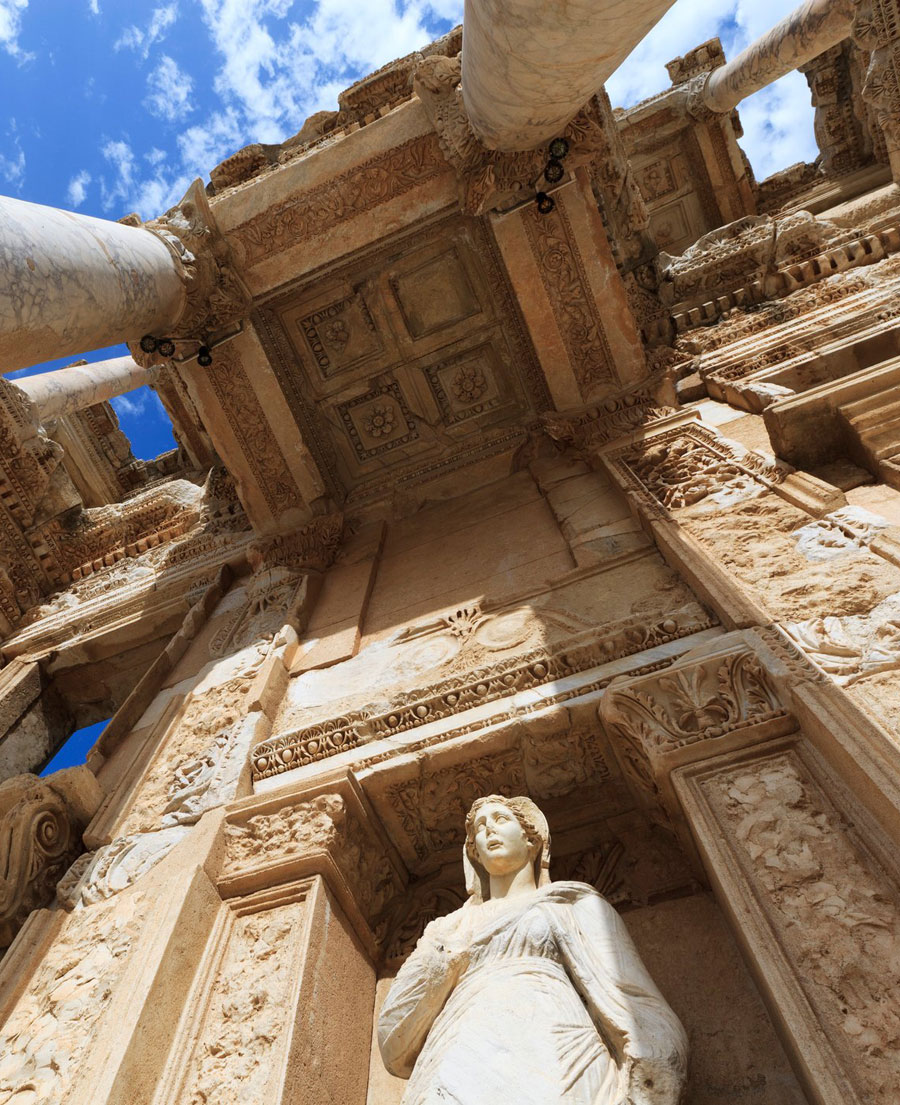
Ephesus, a marvel of the ancient world
Foundation of the ancient city of Ephesus within the borders of Selçuk District goes back to 6000 BCE. The biggest temple dedicated to Artemis, the Artemision, of 6th century BCE was built at the skirts of Ayasuluk hill infront of the earliest harbour of the city. It is based on the ancient mother goddess tradition of Anatolia. The later temple is considered to be one of the Seven Wonders of the ancient world. Since Ephesus has changed places many times throughout its history, its ruins are spread over a wide area.
Ephesus and its environs are included in the World Heritage List in four components: Çukuriçi Höyük (Mound), Ayasuluk Hill (Selçuk Castle, St. John’s Basilica, İsa Bey Bath, İsa Bey Mosque, Artemision), Ephesus Ancient City and the House of Virgin Mary. Ancient Ephesus has been inhabited continuously for about 9000 years from the prehistoric period to the Hellenistic, Roman, Eastern Roman, Turkish Principalities and Ottoman periods, and has been a very important port city and cultural and commercial center in all stages of its history.
Historical Elevator
It is an elevator tower that houses two elevators between Mithatpaşa Street and the Nihat Bey Street which is at a higher altitude. It was built in 1907 to facilitate transportation, between the districts due to the 50-meter difference between the streets.
The elevator tower has 3 floors. During World War I, the lower floor of the elevator was used as a casino, the middle floor as a photo hall and the upper floor as a cinema. Standing tall for 105 years, the elevator continues to function today as a cafe, bar and restaurant, attracting tourists with its unique view and offering a unique view of İzmir.
St. John’s Basilica
The basilica built on the tomb of St. John, who wrote the Gospel of John and is one of the apostles of Jesus, is located on Ayasuluk Hill within the ancient city of Ephesus.
It is believed that St. John the Evangelist spent his last years in the region around Ephesus and was buried on the southern slope of Ayasuluk Hill. Three hundred years after St. John’s death, a small chapel was built over the tomb in the 4th century. The church of St. John was transformed into a miraculous basilica in the region of Emperor Justinian (527 -565 AD).
John or the Apostle John was the author of the Fourth Gospel and the Book of Revelation. Following the spread of Christianity, the people of Ephesus moved back to Ayasuluk after the 7th century, St. Jean’s basilica replaced the old episcopal church in Ephesus.
The monumental basilica was shaped like a cross and covered with six domes. Its construction of stone and brick is an extremely rare find in the architecture of its time. Raised by two steps and covered with marble, the tomb of St. John was located under the central dome, which was once supported by the four columns at the corners. The columns in the inner courtyard show the monograms of Emperor Justinian and his wife Theodora. Built in the 5th century AD, the baptistery is located to the north of the nave, with its keyhole shape.
Taste
İzmir Köfte
A regional favourite, meatballs cooked in tomatoe sauce, green peppers and potatoes takes the city’s name as İzmir Köfte (meatballs). We recommend you not to leave the city without trying the İzmir köfte at one of the local esnaf (artisan) restaurants.
Şevket-i Bostan
Şevket-i Bostan (Holy thistle) is a local herb, popularly used in İzmir cuisine. It is a type of plant with the root and the stem part are all edible. Şevket-i bostan has been used by herbalists since the 1500s for alternative herbal treatments. Magnesium, calcium, and iron minerals are very rich in this herb which can be consumed cold as a salad with olive oil or cooked with chunks of lamb meat.
Arapsaçı (Wild Fennel)
Arapsaçı (also known as wild fennel) is commanly used herb, both in cooking and for medicinal purposes. Structurally similar to dill, it has a less pungent flavour than anise. It can be used in salads with olive oil or cooked with lamb meat.
Variety of Local Herbs
Herbs are an important part of İzmir cuisine. As most of them are endemic to the region, or used in cuisine in their authentic ways, they are named by locals and know with their local names. Sarmaşık (Ivy), ebegümeci (common mallow), ısırgan otu (nettle), cibez (radish-like herb), radika-karahindibağ (dandelion greens), Şevket-i Bostan (holy thistle), deniz börülcesi (samphire), hardal otu (leaf mustard), kenger (gundelia) , kuzu kulağı (sorrel), yaban enginarı (wild artichoke) , arapsaçı (wild fennel) are just some of the most consumed herbs of İzmir. These herbs are mostly boiled or sauted, dressed in olive oil and lemon and take their place on the tables as salads.
Leek Croquette
An addition to İzmir cuisine by city’s Jews, the dish is made by first boiling and then frying the leek with meat and bread.
Zucchini Flowers
One of the indispensable tastes of the Aegean tables equipped with appetizers, zucchini flower stuffing is made from the flowers of freshly collected zucchinis as the name suggests. Stuffed zucchini, which is a typical dish of Cretan cuisine, is also preferred because it’s a light meal.
Artichoke
Artichoke, which is often referred to as health potion thanks to its numerous benefits, is abundant in spring. It can also be blended with broad beans and flavored with dill. It’s usually cooked with olive oil. The stuffed artichoke and salad are other options. Having a 2 festival organized to its name in Urla every year, artichoke is a herb you should definitely try in İzmir.
Lokma
Lokma is a small, round, syrupy friedcake made in the mobile kitchens that you will come across while you are visiting the city. It has a flavor that especially sherbet dessert lovers should not miss. After the dough balls fried in hot oil are rested with plenty of sherbet, they are served with cinnamon and usually distributed free of charge. If you want to eat this dessert, you can go to the shops on Anafartalar Street in Basmane or on the Karşıyaka shore.
Mastic Dessert
This dessert prepared with gum of the mastic tree (pistacchia terebinthus) will fascinate you with its smell first. If you want to eat this dessert, you should turn your route to Çeşme.
Şambali
If you want to have a sweet break while visiting the historical Kemeraltı Bazaar, you can try the sambali, which is made from semolina, sugar and milk, and served with cinnamon and clotted cream.
Samsade
If you want to taste the samsade made from mandarin which is one of the traditional tastes of Seferihisar, your main address should be the Women’s Products Market established in Kale Inn on Sundays. If you are visiting the market, you can also buy
You will love this dessert which is served with black mulberry jam placed on Tire’s famous curd cheese.
Sherbets
The sherbets that you can drink with any meal of the day or another time are among the almost-forgotten tastes of İzmir. The most famous kinds are almond sherbet with cinnamon, grape sherbet, subye of Sephardic Jews (a drink made from melon seeds), tamarind, cranberries, and black mulberry sherbet. You can go to the shops in the Historical Kemeraltı Bazaar to drink icy black mulberry sherbet and to cafes around Kızlarağası Inn for grape sherbet. Lemonade is another refreshing alternative in the summer.


